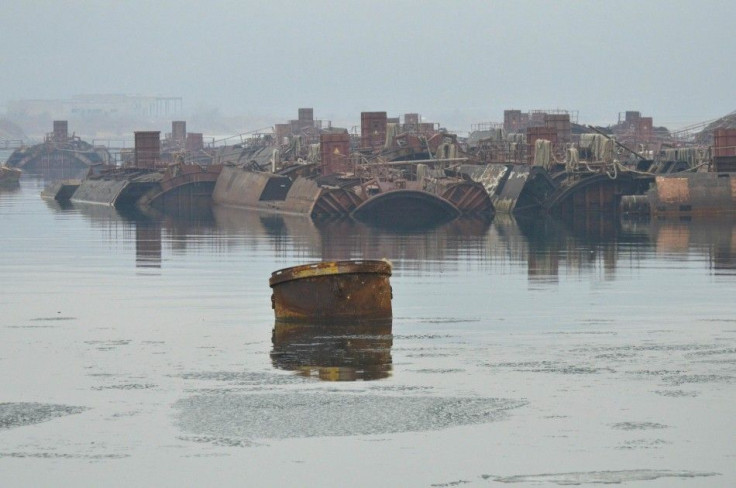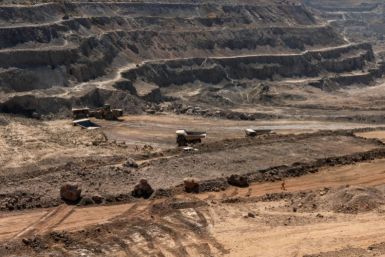Greenpeace, Australian government bicker over halted waste reprocessing

A cold war has emerged between Greenpeace and the Australian authorities after a ship filled with waste to be reprocessed was sent back to New South Wales.
The environmental organisation has claimed that the shipment containing waste was labelled at a grade much lower than expected. However, government agency Australian Nuclear Science and Technology Organisation (ANSTO) has refused to accept any such claim.
The medical waste was sent from Australia to France for reprocessing purposes and was being shipped on the BBC Shanghai ship. The ship has been stuck in Port Kembla where the unprocessed waste would be stored at the Lucas Heights facility in south Sydney.
After the disturbance in the reprocessing process, the Australian government has started searching for a permanent storage location facility for the waste. Greenpeace investigated and found that the French Safety Authority declared that the shipment contained plutonium.
“There’s a real discrepancy there between what the Australian government are telling us and what the French authorities are telling us about what’s on board this ship,” ABC quoted Greenpeace Australia-Pacific’s Emma Gibson as saying. The environment organisation’s report also mentioned that the plutonium has been removed from the waste ahead of returning the shipment to Australia, but the French authorities said that there were still plutonium content present in the waste.
ANSTO said that the report was not accurate and the waste sent from Australia was safe. “Measurements taken on France and already provided to Greenpeace in writing upon their request, show that the waste returning is 0.28 kilowatts per cubic metre,” the agency stated.
Recently, the Brisbane Times published an analysis on the waste storage in Australia authored by Margaret Beavis, national president of the Medical Association for Prevention of War. According to the article, storing medical nuclear waste involved two things, first is the production of isotopes, and second is the use of isotopes.
The medical use of isotopes produces negligible waste, while its production creates significant amount of waste. ANSTO was promoting the production of isotopes to increase its supply in the market to 30 per cent, which is likely to enhance Australia’s nuclear waste issues.
Contact the writer at feedback@ibtimes.com.au, or let us know what you think below.






